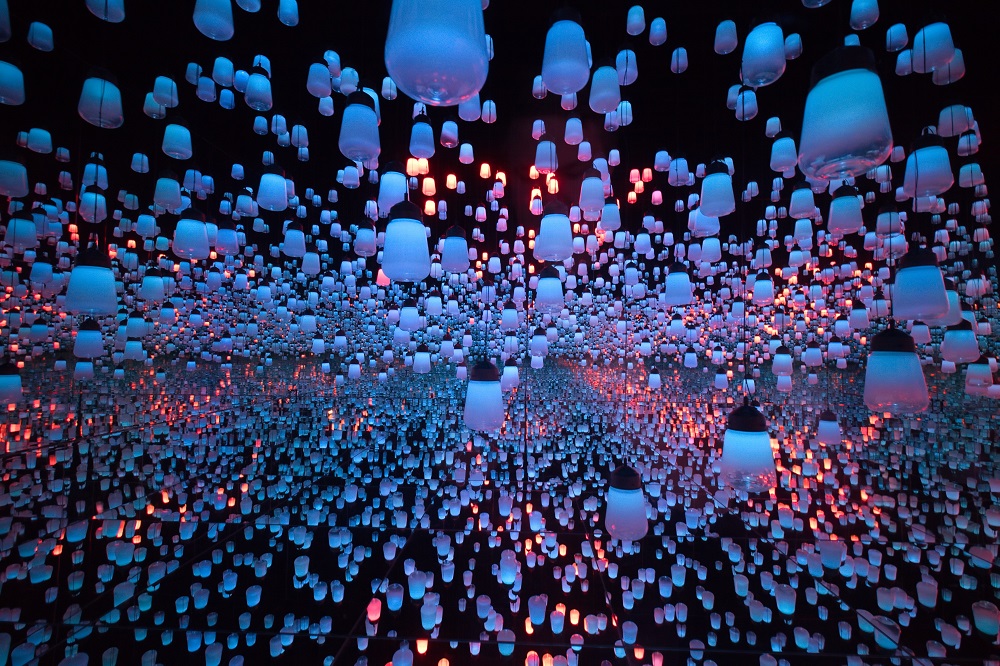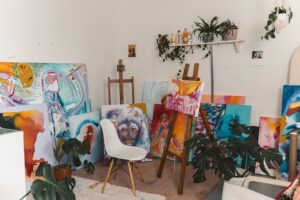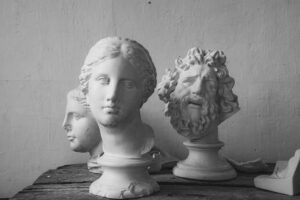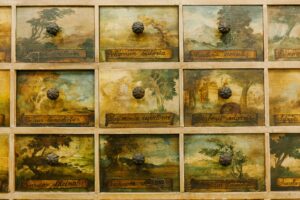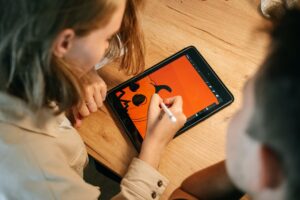In a world where technology is advancing at breakneck speed, it’s easy to forget that art has been around for thousands of years. However, the intersection of creativity and innovation has never been more exciting than it is today. From virtual reality exhibits to 3D-printed sculptures, art and technology have merged in ways that were once unimaginable. In this blog post, we’ll explore the fascinating relationship between art and technology throughout history, examine how they’re evolving together today, and speculate on what the future may hold for these two dynamic fields. So buckle up and get ready to discover how artists are using cutting-edge technologies to create mind-blowing works of art!
The Relationship Between Art and Technology
Art and technology are two fields that may seem distinct, but they have been intertwined for centuries. Art can inspire the creation of new technologies, while technology can enhance and revolutionize art forms. The relationship between art and technology is not just about using tools to create art; it’s about exploring the intersection of creativity and innovation.
Throughout history, artists have used various technologies available at their time to express themselves creatively. For example, painting techniques such as perspective were developed in the Renaissance era with innovations in optics. In modern times, digital platforms like Photoshop allow artists to manipulate images beyond what was previously possible.
On the other hand, technology has also transformed how we experience art. With virtual reality (VR) or augmented reality (AR), museums and galleries can offer visitors an immersive experience that brings artworks to life in ways never before possible. Additionally, artificial intelligence (AI) algorithms now analyze data on audience preferences or artistic styles to recommend personalized artworks.
The relationship between art and technology goes beyond mere collaboration or inspiration; it’s a symbiotic partnership that leads to groundbreaking innovations on both sides of the equation. As new technologies emerge every day, there will always be exciting opportunities for them to intersect with creative expression through artistic mediums.
The History of Art and Technology
The intersection of art and technology has a rich history that dates back to the early 20th century. The birth of new technologies such as photography, film, and television opened up new avenues for artists to explore their creativity. Artists began incorporating these mediums into their work, blurring the lines between traditional art forms and technological innovation.
One notable movement was Dadaism in the 1910s and 1920s, which embraced anti-art sentiments while utilizing new technologies like photomontage to create provocative works. In the mid-20th century, artists experimented with interactive installations using electronics and robotics.
The development of digital technologies in the latter half of the century brought about a whole new era of art-making possibilities. Digital media allowed for an unprecedented level of manipulation and experimentation within artistic creations. Today, we see artists using everything from virtual reality to artificial intelligence to push creative boundaries even further.
Through each stage in its history, art has continually adapted to incorporate emerging technologies as tools for expression – proving that creativity knows no bounds when it comes to exploring innovative ways of seeing the world around us through evolving technological advancements.
The Future of Art and Technology
As we move further into the 21st century, the relationship between art and technology continues to evolve at an unprecedented rate. The future of this intersection is one that promises exciting new possibilities for both creators and consumers alike.
One potential avenue for the future of art and technology lies in virtual reality (VR) and augmented reality (AR). As these technologies become more advanced, they offer artists new ways to create immersive experiences that blur the lines between physical and digital spaces. Imagine walking through a museum where every exhibit comes to life before your eyes – this is just one example of what could be possible with AR/VR in art.
Another area where art and technology are expected to intersect even further is in artificial intelligence (AI). With AI becoming increasingly sophisticated, artists will have access to powerful tools that can help them automate tasks like image recognition or generate complex visual effects. This could lead to a whole new era of algorithmically-generated art, blending human creativity with machine learning.
As our world becomes more connected than ever before thanks to advancements in internet connectivity, social media platforms, and mobile devices, we can expect art itself to take on new forms. From Instagram influencers who use their feeds as galleries for their work, to interactive installations that invite audiences around the globe to participate remotely – there’s no telling what kind of innovative creations will emerge from this brave new world at the nexus of creativity and innovation.
The Impact of Art and Technology on Society
Art and technology have had a profound impact on society, changing the way we interact with each other and how we perceive the world around us. The integration of art into technology has allowed for new creative expressions, while technological advancements have made it possible to create innovative works that were once unimaginable.
One positive impact of this intersection is the democratization of art, where anyone with access to technology can create and share their work, reaching a wider audience than ever before. This has given rise to online communities centered around different forms of digital art that have created unique spaces for self-expression.
On the downside, there are concerns about how technology may replace traditional forms of artistic expression or even lead to job losses in certain fields. Additionally, some worry about the effects on human creativity as reliance on machines continues to grow.
Despite these challenges, it’s clear that art and technology will continue to shape our society in exciting ways. From virtual reality exhibits to interactive installations powered by artificial intelligence, the possibilities are endless when creativity meets innovation.
Conclusion
The intersection of art and technology has led to a world of endless possibilities. As we continue to push boundaries and explore new frontiers in technology, it’s clear that creativity will remain an essential part of innovation.
As our society continues to evolve, we can expect the relationship between art and technology to become even more critical. From virtual reality experiences that transport us into other worlds to interactive installations that challenge our perceptions of reality, art and technology are transforming how we experience the world around us.
The future is bright for those who embrace this intersection. So let’s keep pushing boundaries and exploring new ways to use creativity as a driving force for innovation in all aspects of life. After all, when art meets technology, anything is possible!
